|
|
 |

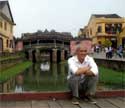 Jan 18-21, 2015
Jan 18-21, 2015
Visiting Hoi An Ancient Town
GPS waypoint: 15°52'37.9"N 108°19'33.5"E
Location: Hoi An, Vietnam
Present Day Hoi An Ancient Town
Hoi An Ancient Town is one of the 3 tourist destinations clustered along the coastline of Vietnam's Central, together with Hue and Da Nang. Ancient Town is definitely one of the most charming cities I've ever visited. If you have been to Luang Prabang (Laos), you get the idea. It's a riverside port town where the structure has been preserved impeccably from its 15th - 19th century architecture. The narrow streets are lined up with quaint boutiques, shops, galleries, cafes and restaurants which are all painted yellow orange for a unique and consistent look. Some even grew a mossy patina effect adding more to its atmosphere. Although very touristy, it wasn't always like that for Hoi An. At one point in its history, it was the biggest harbour in Southeast Asia and the commercial capital of the once powerful Champa Empire.
Brief History
- 1st century - Hoi An was already the biggest harbour in Southeast Asia
- 7th - 10th century - the Cham people controlled Hoi An and the spice trade generated prosperity. Hoi An was the commercial capital of the Champa Empire
- 15th century - the Chams lost to the Viet people and lost control of Hoi An. The Nguyen lords took control and Hoi An regained its prominence.
- 16th - 17th century - Chinese, Japanese, Indians and Dutch merchants traded and settled in Hoi An - their architectural and cultural influence remain to this day
- 1535 - the Portuguese established a major trading center in Hoi An
- 1595 - Hoi An became a flourishing trading port under the rule of the Nguyen lords
- 1900 - the Chinese and Japanese merchants considered Hoi An as the best trading port in Southeast Asia
- end of 1900 - Hoi An's prosperity waned as a result of the Nguyen lords' defeat in the Tay Son Rebellion
- Emperor Gia Long (who founded the Nguyen Dynasty) crushed the rebellion with his French allies. He repaid the French by giving them exclusive trade rights of the Da Nang port, a nearby city to the north
- Da Nang became the new center of trade reducing Hoi An to a backwater port where it stayed untouched for the next 200 years. This is what you now see in Hoi An.
What They Say about Hoi An
- "top 50 cities to see in your lifetime" - Huffington Post July 2014
- "top 10 world famous canals" - TourOpia Travel Blog Sept 2014
- "one of the world's most romantic cities" - India Times May 2014
- "20 best beaches in Vietnam" - Rough Guides Mar 2014
- "top 10 destinations for couples in Asia" - Luxeinacity Travel Magazine Dec 2014
- "top 30 Asian cities by price: Backer index for 2014" - Price of Travel Feb 2014
- "top hotel destination" - Agoda Nov 2014
International Port
During its heyday, Hoi An was an international port and the center of commerce. Nationals from all over Asia specially the Chinese and the Japanese took up half-year residency here to conduct their trade. They spawned their own communities which make up this cultural melting pot. They got along well living side by side of each other - even though the Japanese Bridge was the demarcation line between the Chinese and the Japanese.
 Lodging Lodging
We stayed at An Hoi Hotel, a charming family-run hotel that is right across the bridge from Ancient Town. It is also along the river which gave us a river-view breakfast from their 2nd floor alfresco restaurant. It was a comfortable hotel that made Hoi An a much better experience for us.
Cua Dai Beach
The beach is a good 8 kms from Ancient Town but easily reached by bicycle. It was too cold to take a swim and the waves were crashing down like crazy - ideal for surfing! The beachfront is wide and sand is powder-fine with beige/white color. Already, access to the beach is blocked by 5-star multi-national resort and hotel chains who are adjacently lined-up along the beach. They also fenced-in their property lines from their neighbors effectively cutting off their guests within their grounds. Long walks on the beach? It's not gonna happen here.
No Cars
Ancient Town is off limits to cars - only bicycles and motorbikes are allowed. This frees up the town's narrow streets to the throng of tourists who flock to the shops, restos, cafes and galleries lined up with their patina-infused orange/yellow structures.
Haberdashery
Hoi An is one place where you can have a professionally tailored suit and pants done in 24 hours at less than half the retail price of Europe or N. America. Price ranges from $70-$300 depending on fabric, Kashmere wool commanding the hefty price tag. Shirts go from $15 to $20.
Flooding
The recent years were unforgiving to Hoi An. Flood waters reached record levels specially in 2010 when water reached above 6 feet inside the houses transforming their streets into canals. Hoi An became Venice as boats became the mode of commute.
Ending Thoughts
What strikes me about the flourishing multiculturalism of Hoi An is the level of racial tolerance their Vietnamese hosts exercised. These traders, refugees, migrants were accepted by the Vietnamese and allowed to practice their own religion and continue their ethnic tradition and culture. A story goes that Chinese from the Ming Dynasty took refuge in Hoi An after the Qings defeated the Mings in China (I could not verify this, even through Google searches). Two thumbs up to the people of Hoi An for being a benefactor to these people who chose to call Hoi An their new home.
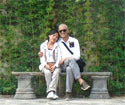
It felt heavy parting with Tuyen at the airport in Da Nang. For nearly 4 months, we were traveling together 24/7, looking after each other, complemented each others' blind spots, and worked together in everything that needed to be done. Our friendship deepened as we faced the challenges of the open road together. I miss her and I know it won't be soon before I meet another traveler I can get along with as I did with her. Godspeed, Tuyen. Know that you will always be special to me.
--- TheLoneRider

- one mug draft beer
- 1.5 liter drinking water
- sugar cane juice, soya curd drink
- noodle soup with meat
- bicycle rental
- laundry
- DYI transport from Hoi An to Da Nang Airport (cab to Xe Buyt bus station, bus to Da Nang, XeOm motorbike to airport VND 30,000 for 2 pax)
- dorm bed (per Agoda, $8)
- internet cafe
- entrance to Ancient Town's designated tourist spots
- cab ride from bus station to Ancient Town
- tour bus ride from Hoi An (hotel pick-up) to Da Nang Airport
- coffee
- motorbike rental for one day
- WARNING: there is a hard-sell on the selling of tickets for Ancient Town, making tourists believe it is mandatory to enter the town. Ticket outlets are virtually on every entrance way, staff even stop you to check your tickets and the loud speaker system incessantly remind people (in 4 or 5 languages) to buy tickets. IT IS NOT MANDATORY TO BUY TICKETS! You can enter Ancient Town and go to the shops and restaurants without tickets. You only need to buy the tickets if you visit the specific museums or houses that are designated for the purpose.
- if you already know the honest price, don't ask the vendor, "how much?". Just offer the exact amount. Asking will invariably bring a tourist price, sometimes more than double. What I do is buy something from a local food vendor and then ask prices for unrelated items. eg. ask the coconut vendor how much to pay for a boat ride
- instead of hiring transport to the beach, just rent a bike. It's a pleasant 8km bike ride to the beach.
- Tour Bus - ask your hotel to make the arrangement or any tour agency. They arrange for hotel pick-up and airport drop-off. No hassle.
- DYI (do it yourself) - take a cab from Ancient Town to the XeBuyt (local bus) bus station (there are 3 bus stations in Hoi An, but the XeBuyt is only on one station). Take the XeBuyt for Da Nang. Tell the driver to drop you off the roundabout in Dien Bien Phu (bus stop nearest the airport). From there, take a XeOm (motorbike for hire) for VND 30,000 - includes 2 pax already plus luggage. Total,
- Vietnamese smokers used to smoke in air-conditioned establishments, air-conditioned buses packed with people including women, children and babies. But this habit seems to be changing now.
- Vietnam ranks almost the same as Thailand and Cambodia for cheap price. Laos, Myanmar and Malaysia cost more
- internet speed is generally fast and reliable but during important events like Tet holiday, election, etc., it slows down
- Vietnamese generally do not speak or understand much English. It will be a challenge.
- only Vietnamese Dong is accepted as legal tender (change your dollars into Dong)
- best to dress appropriately, not revealing too much skin (Saigon is an exception - the ladies there set the trend in very short shorts)
- remove your shoes when entering a home or place of worship
- ask first before taking someone's picture. If they say no, don't persist or offer money
- best to carry your hotel's business card with you when going out. You can just show it to the cab driver or XeOm driver if they don't understand English
- leave your valuables, passport, travel tickets, etc. with the hotel's safety deposit box
- when lying down, don't point your feet or the soles of your shoes to anyone or to a family altar
- carry only enough cash for your needs that day
- don't lose your temper in public - Vietnamese people are warm, generous and polite. They look down on people who lose their composure
- don't take pictures of military installations
- refrain from taking videos of minority people until permitted to do so
[an error occurred while processing this directive]


 Tuyen Tuyen 
(Jan 25, 2014) I love this story, full of interesting information. I love Hoi An, I love you too!
Jan 18-21, 2015
»» next Traveling story: Breaking New Ground in Kuala Lumpur
»» back to Traveling
»» back to Homepage
ARCHIVE:
2024 |
JAN |
FEB |
MAR |
APR |
MAY |
JUN |
JUL |
AUG |
SEP |
OCT |
NOV
1970 |
1973 |
1975 |
1976 |
1979 |
1981 |
1996 |
2000 |
2001 |
2002 |
2003 |
2004 |
2005 |
2006 |
2007 |
2008 |
2009 |
2010 |
2011 |
2012 |
2013 |
2014 |
2015 |
2016 |
2017 |
2018 |
2019 |
2020 |
2021 |
2022 |
2023 |
2024 |
ALL BLOGS
|
 |

 |

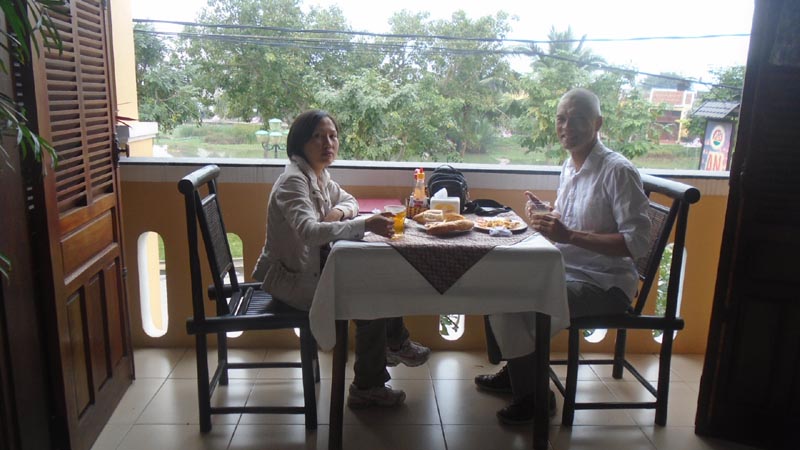
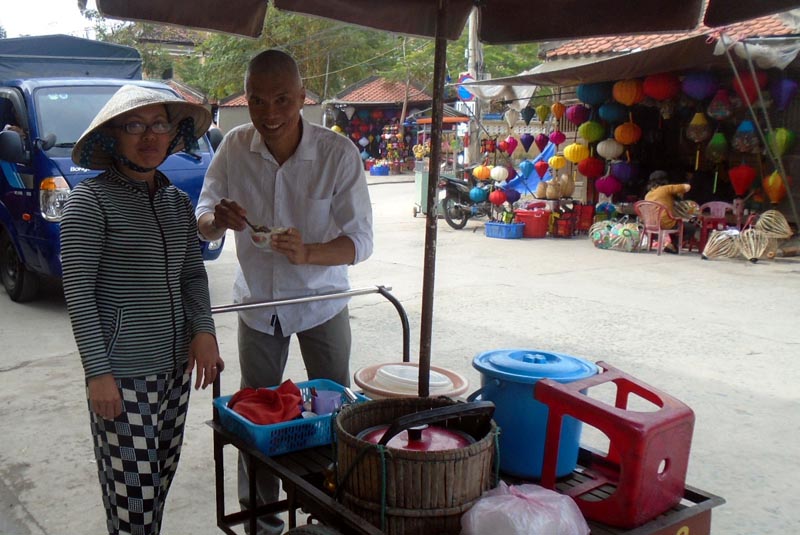
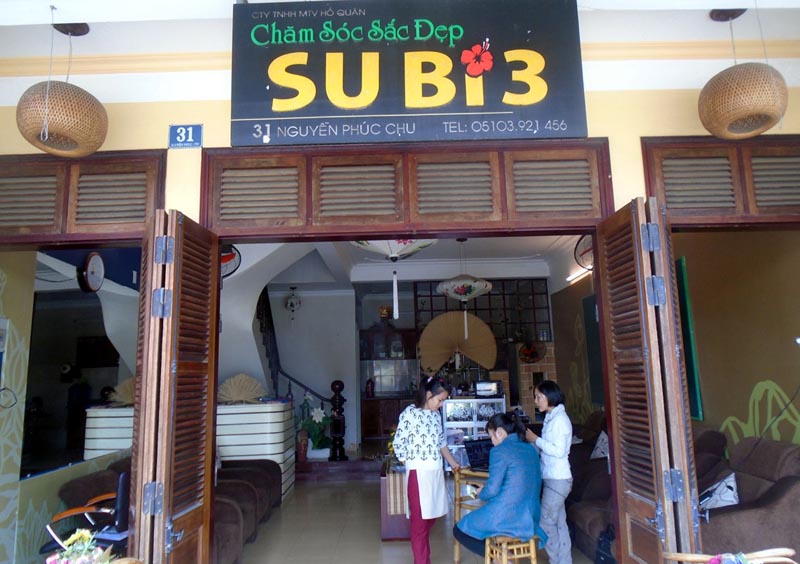
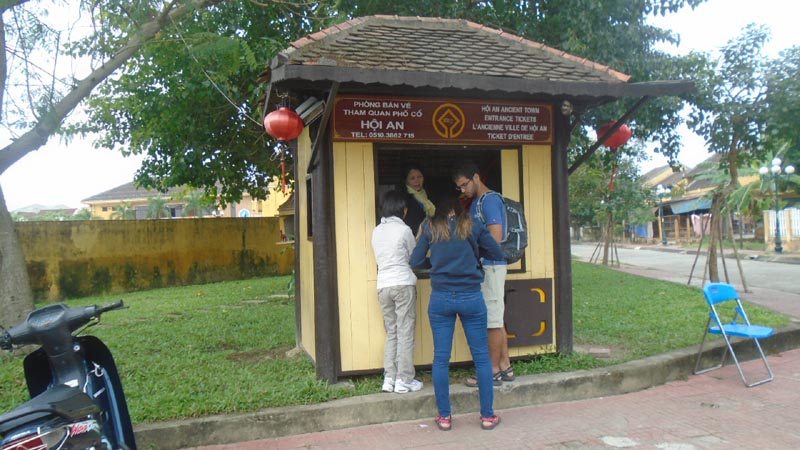
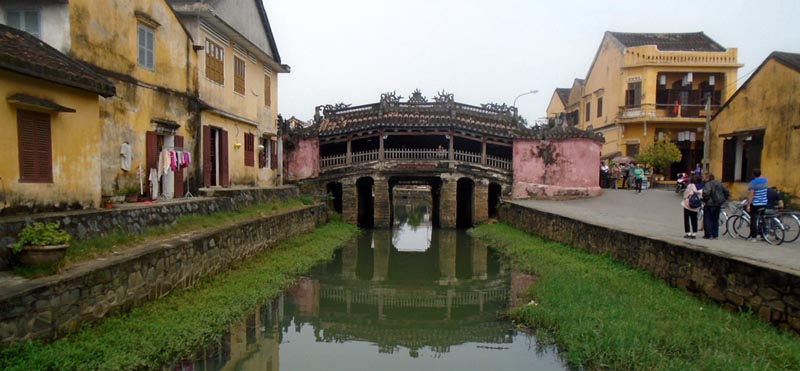
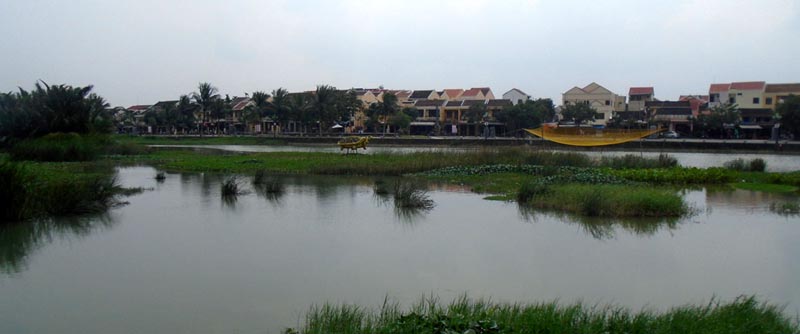
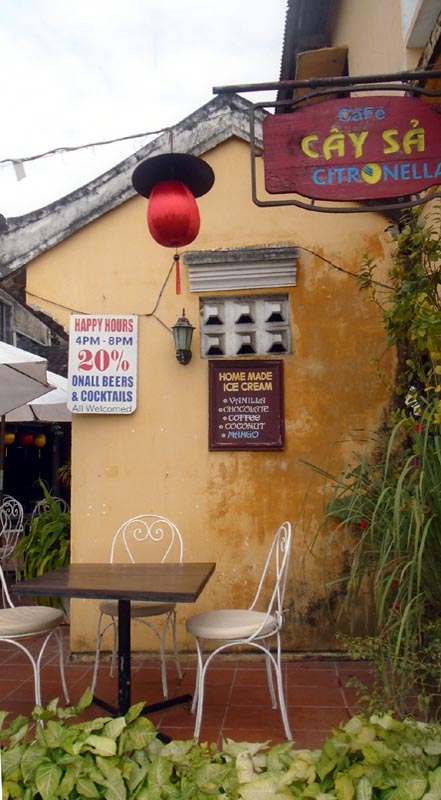
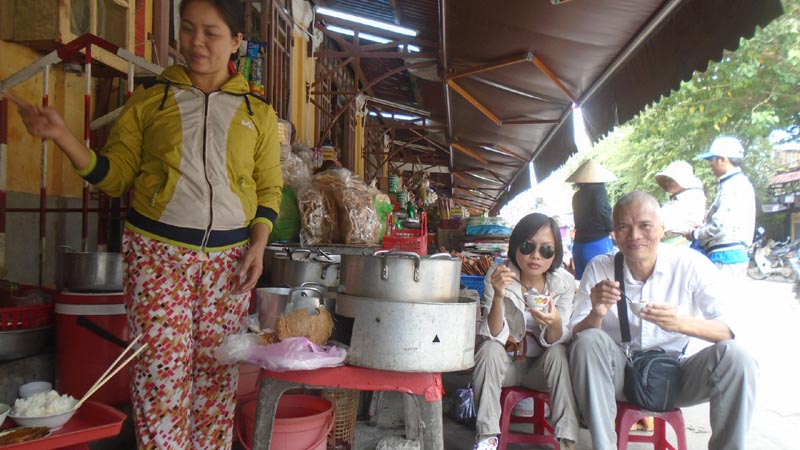
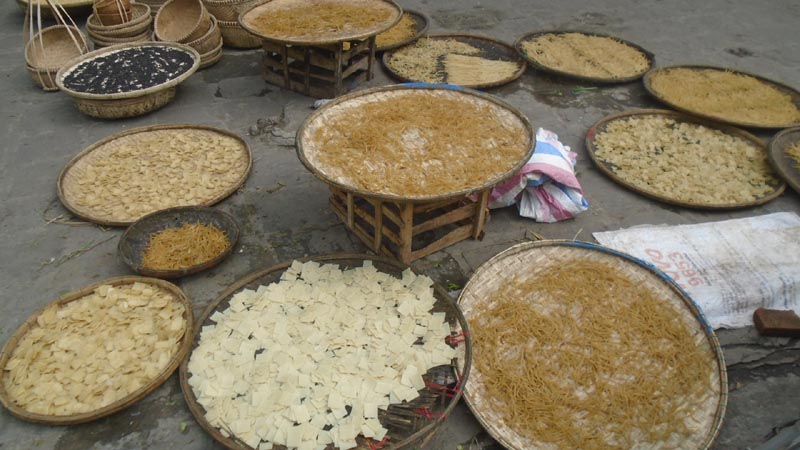
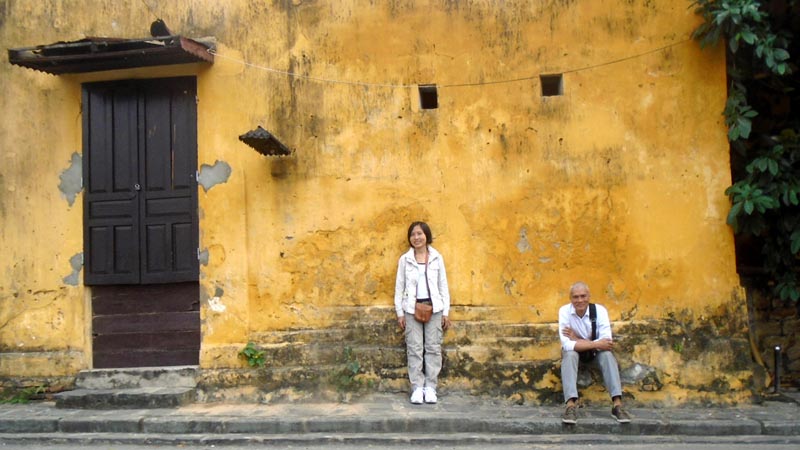
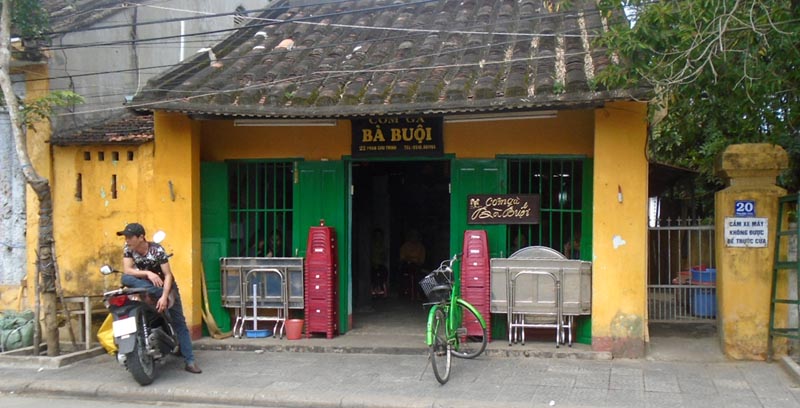
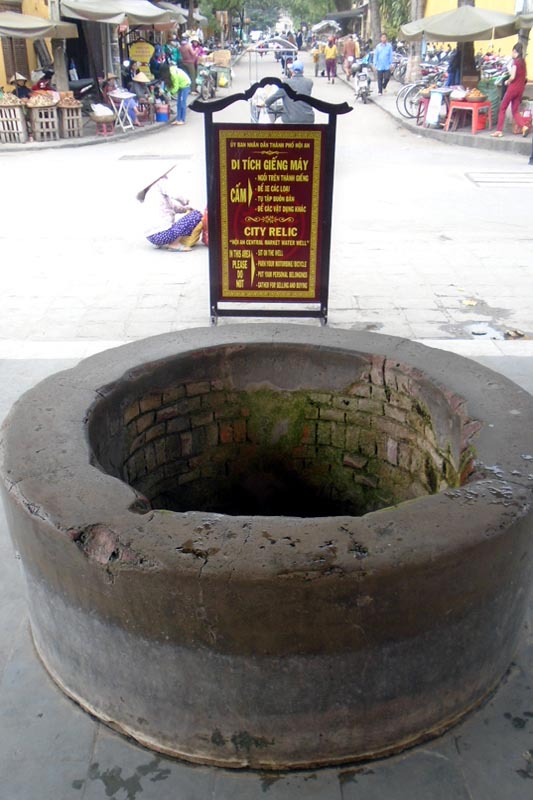
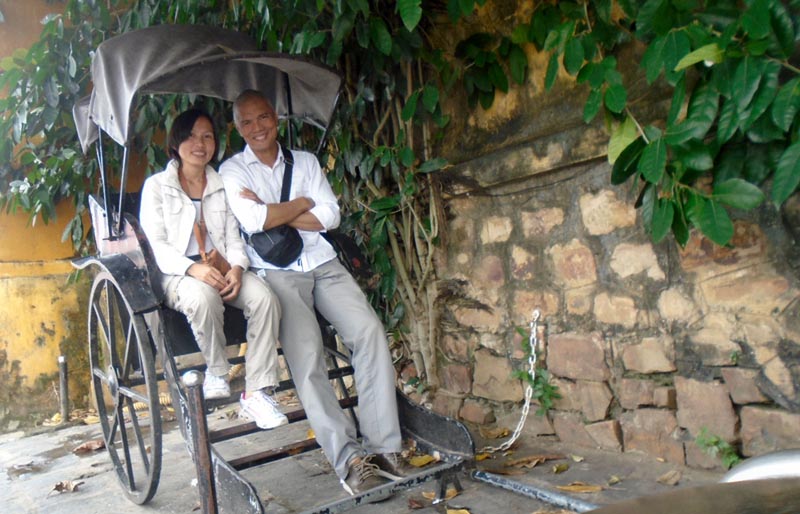
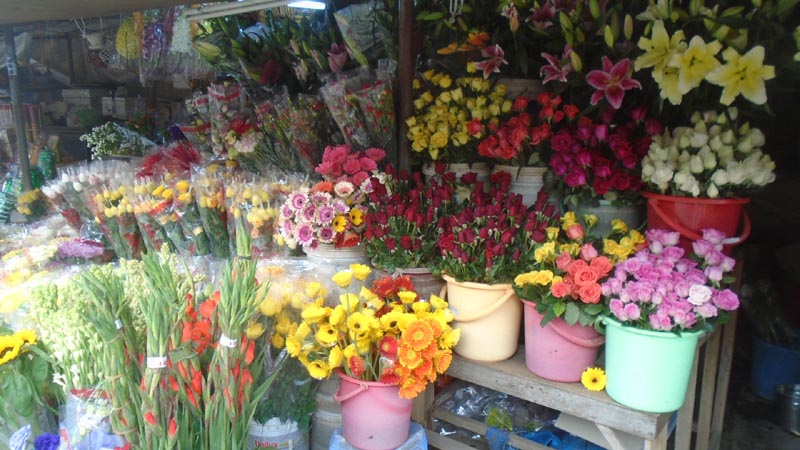

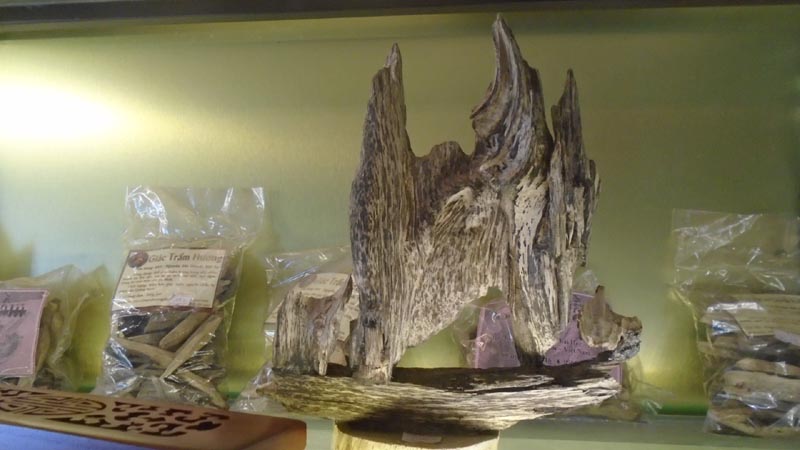
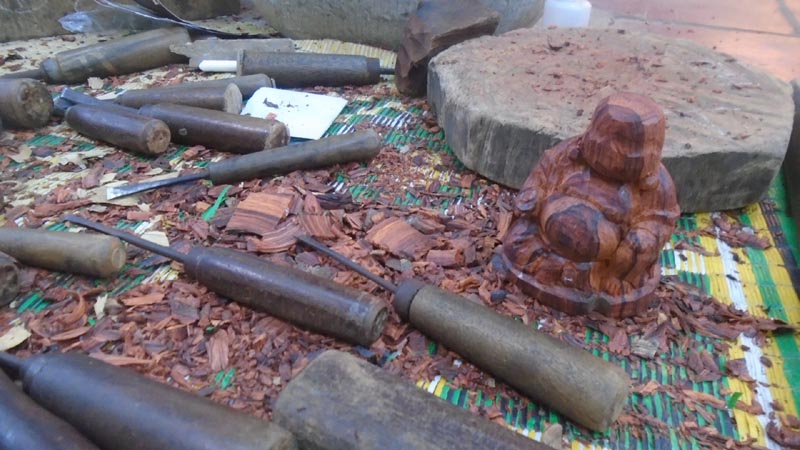
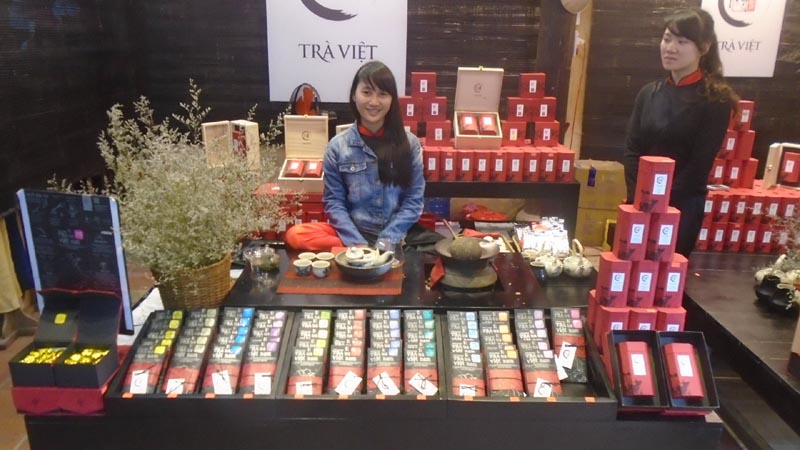
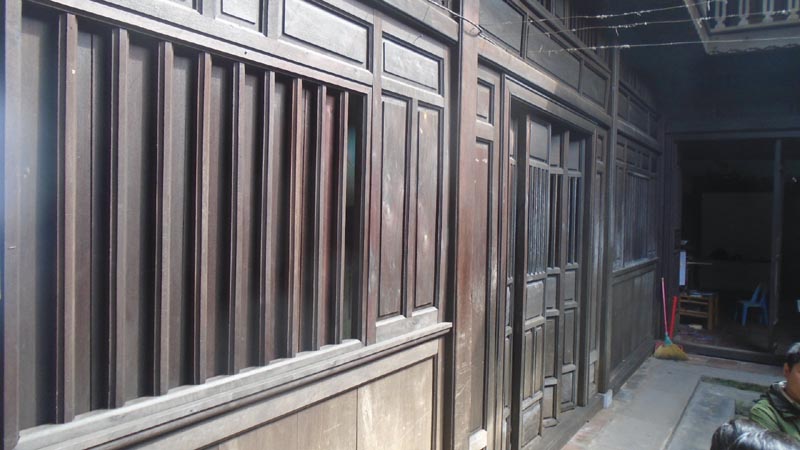
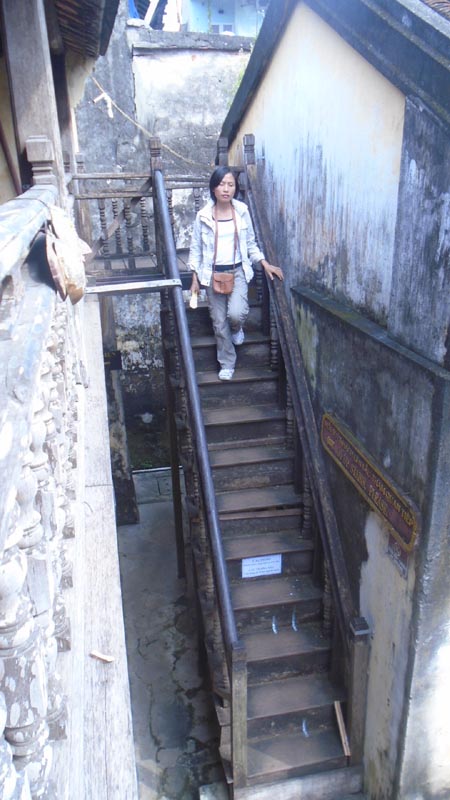

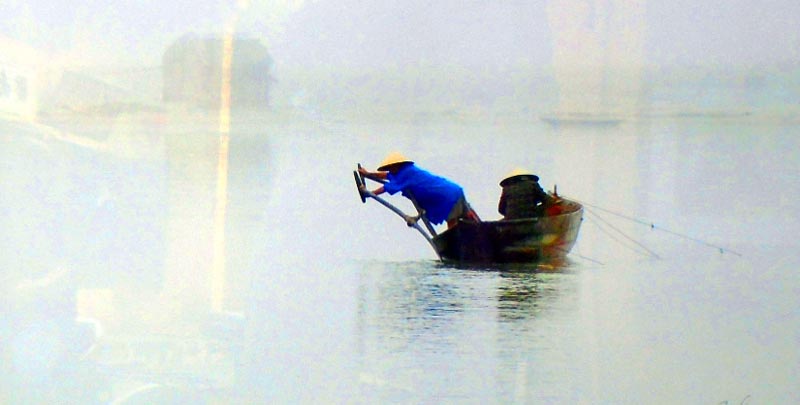
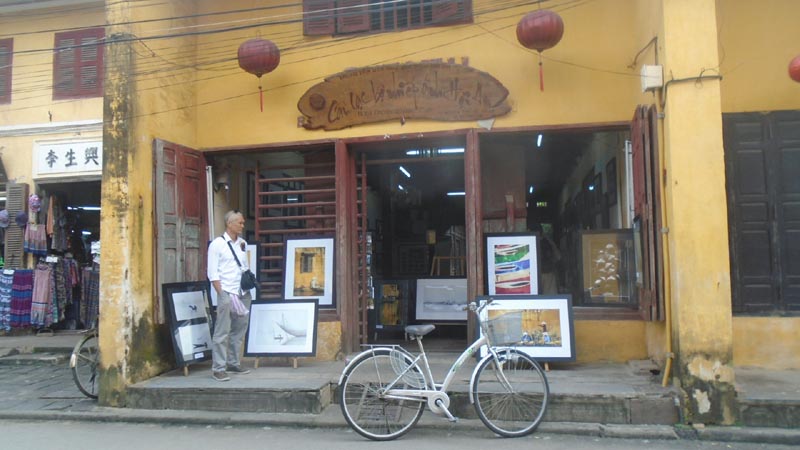
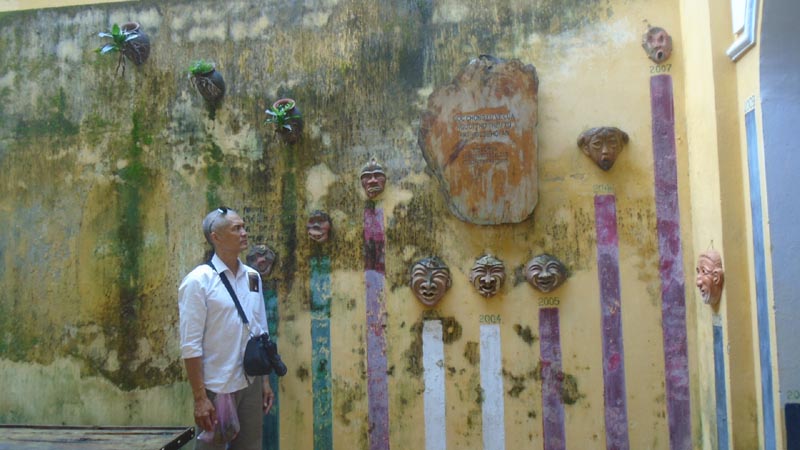
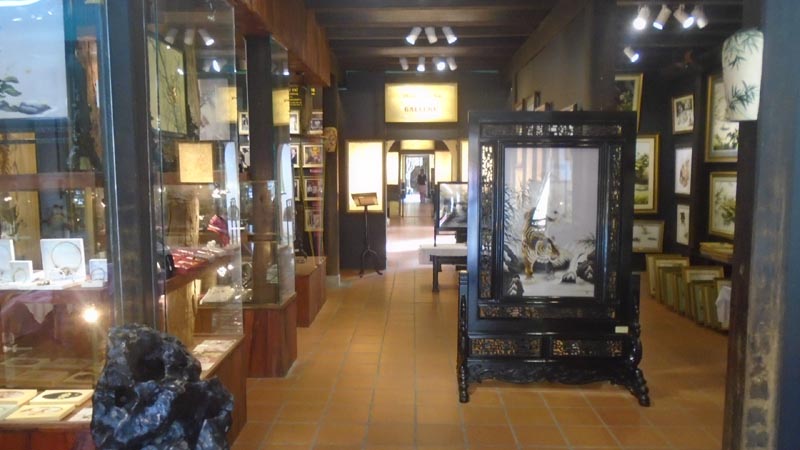
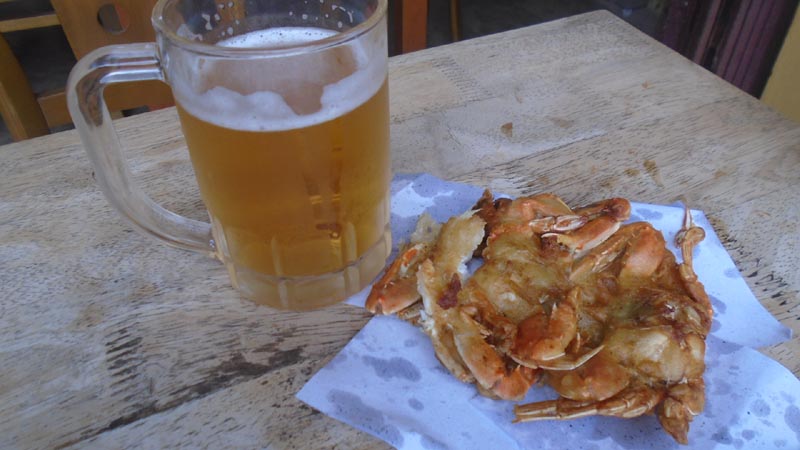
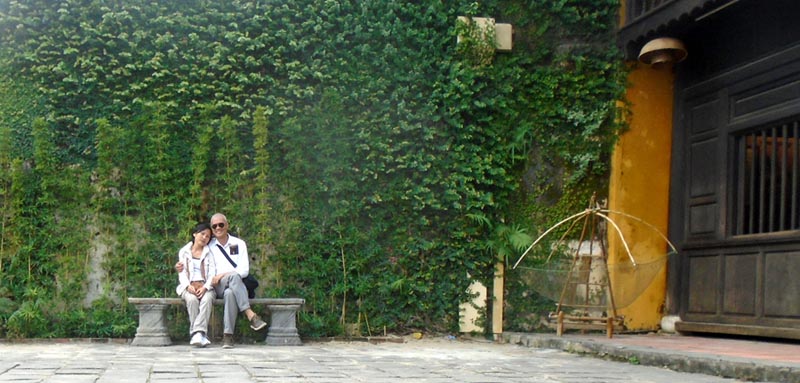
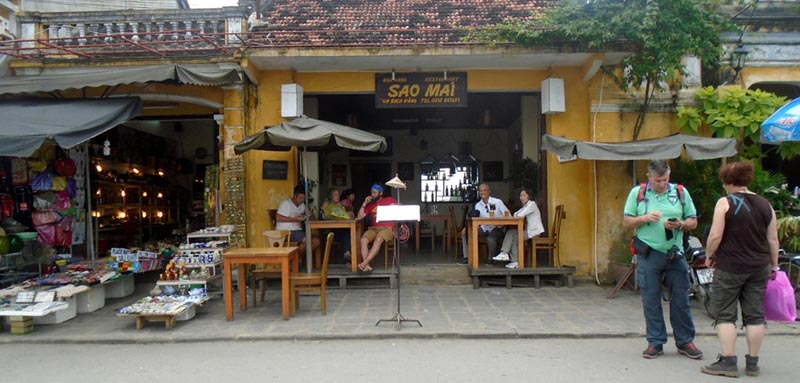
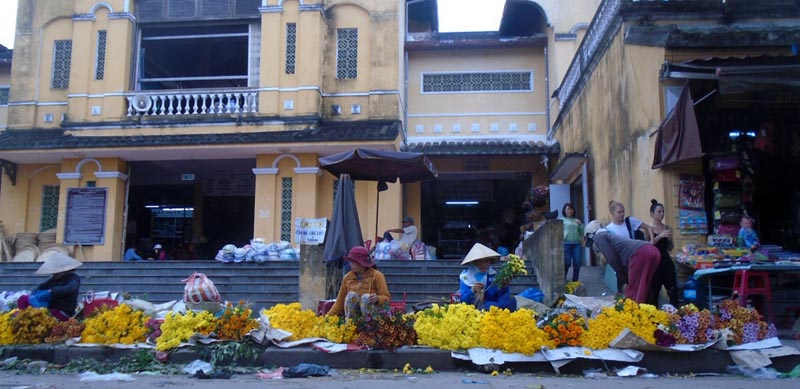
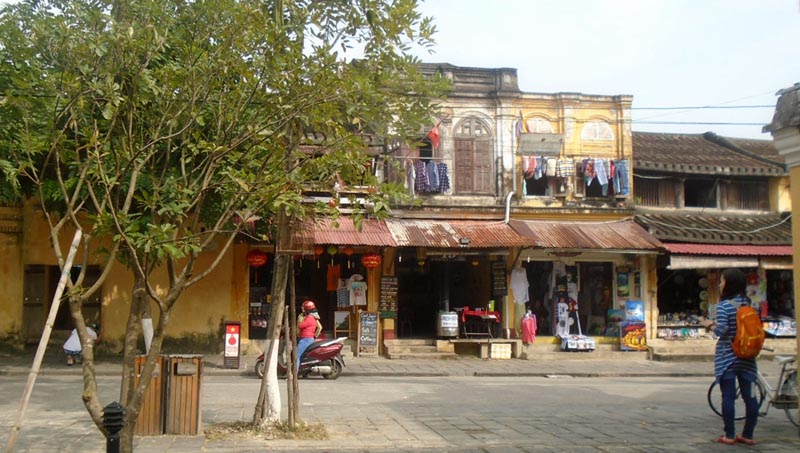
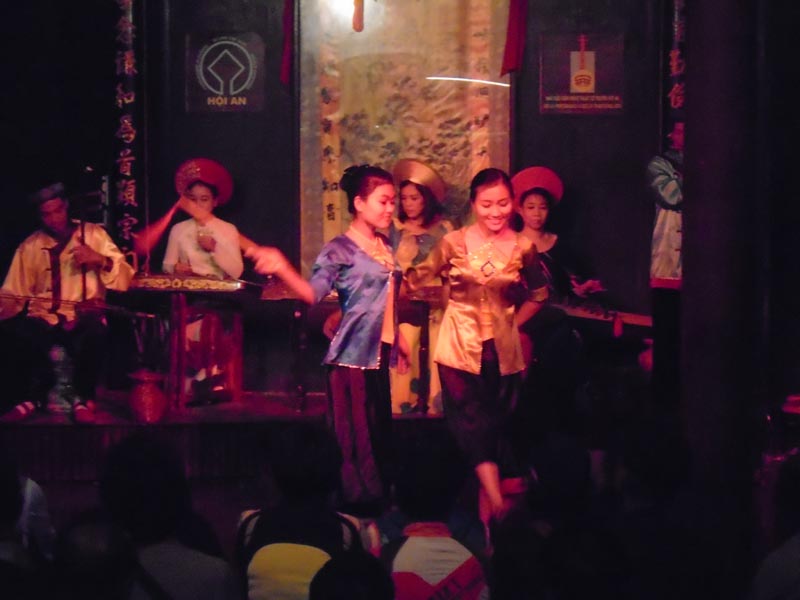
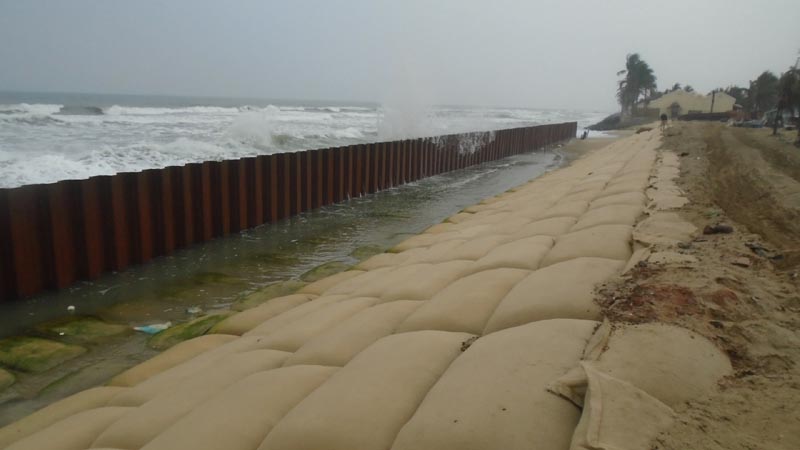
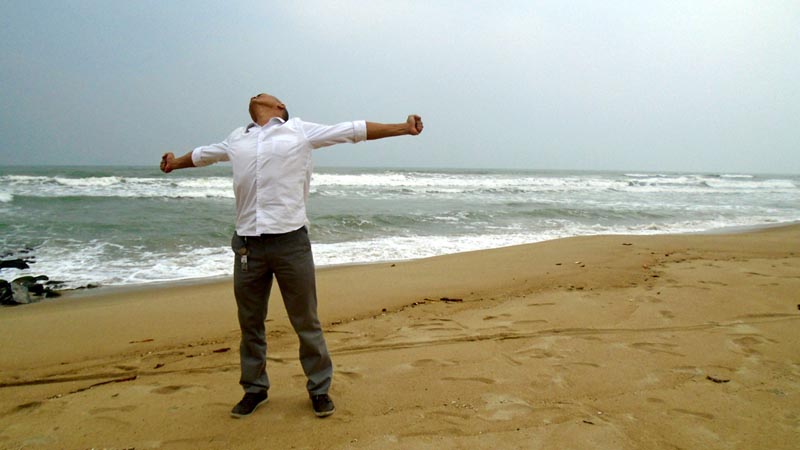
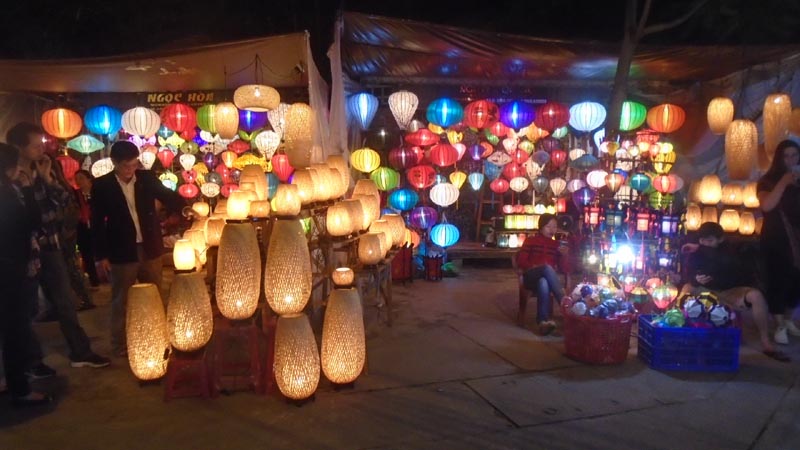
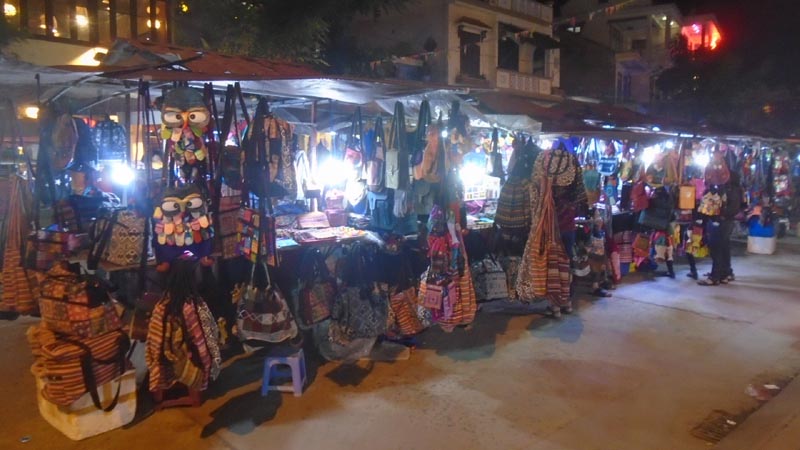
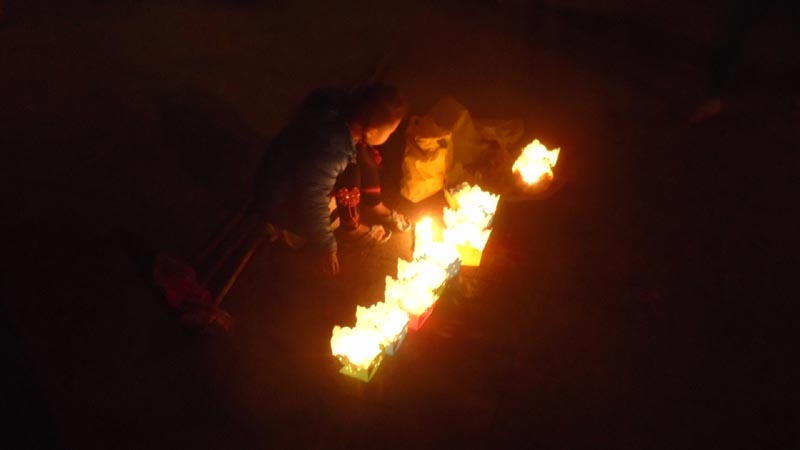
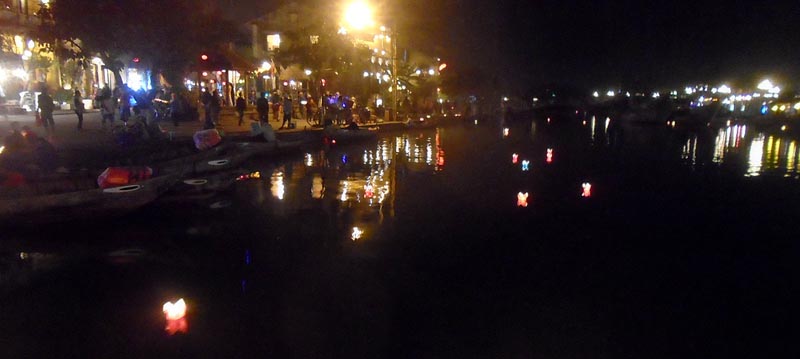
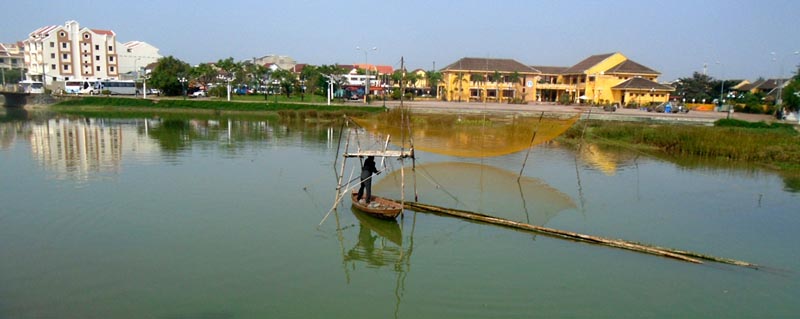
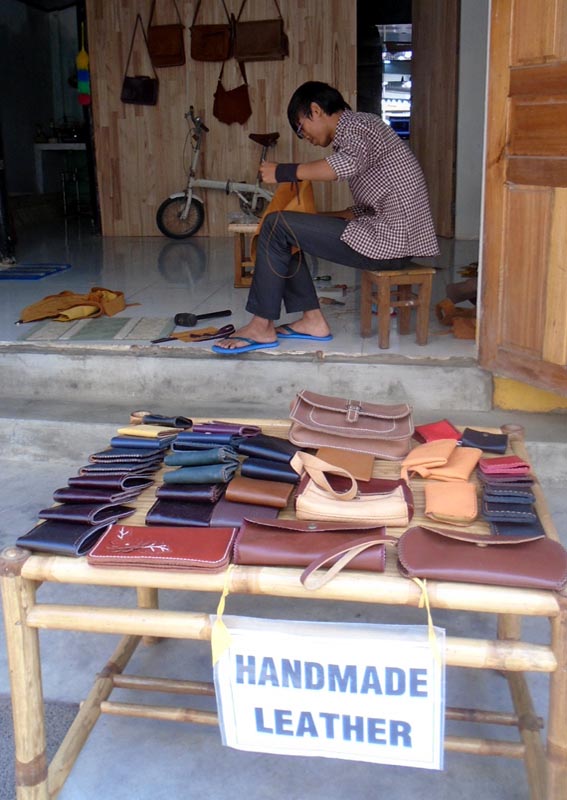
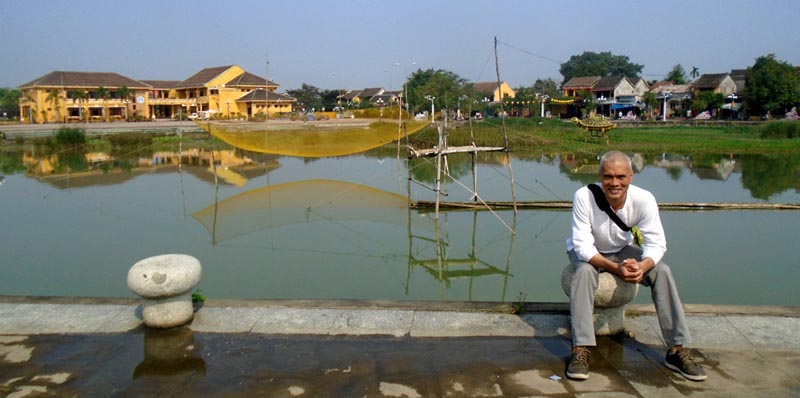
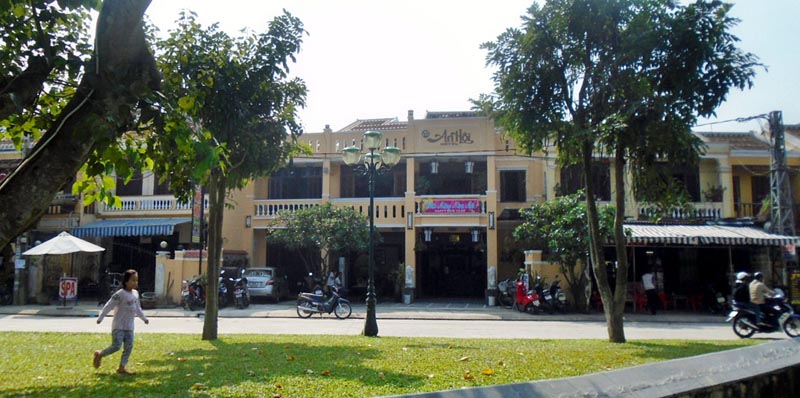
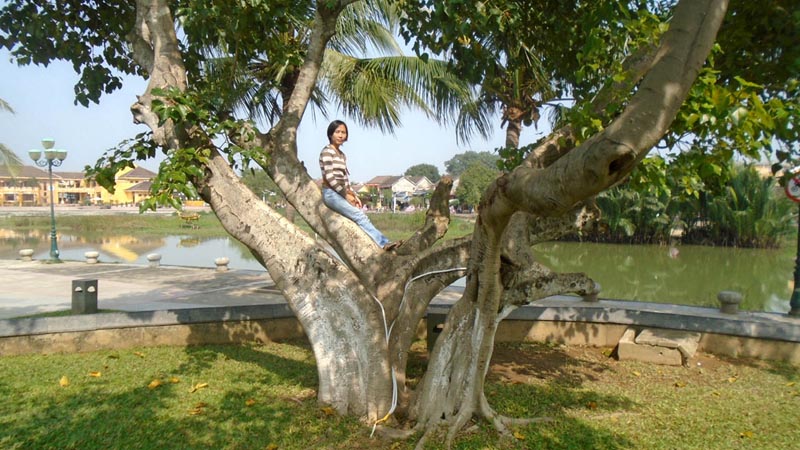
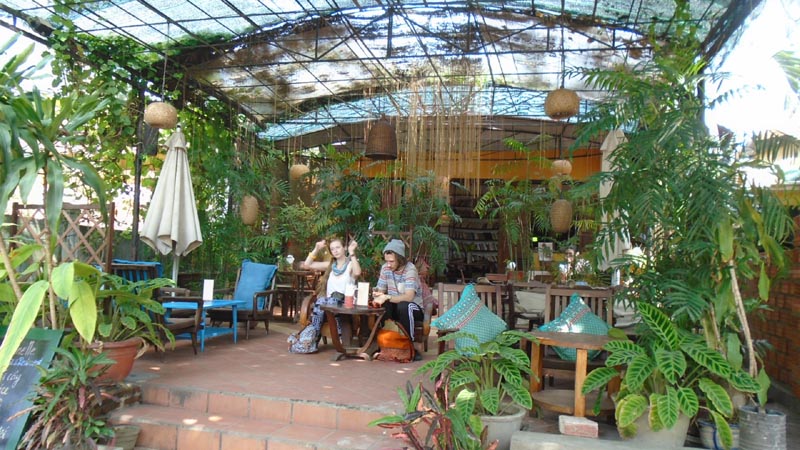
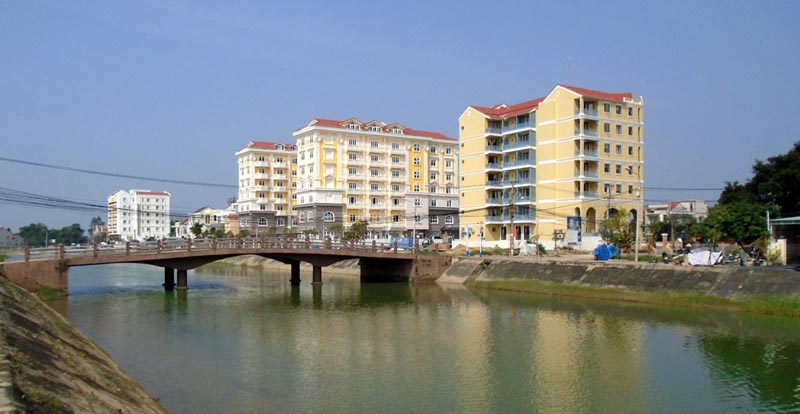
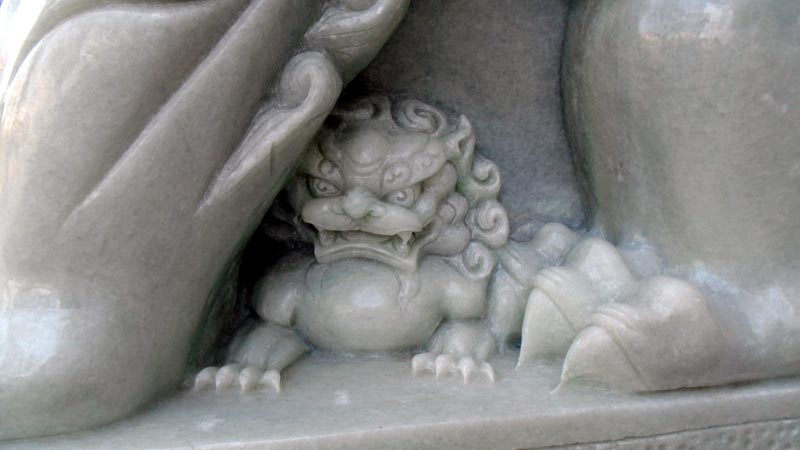
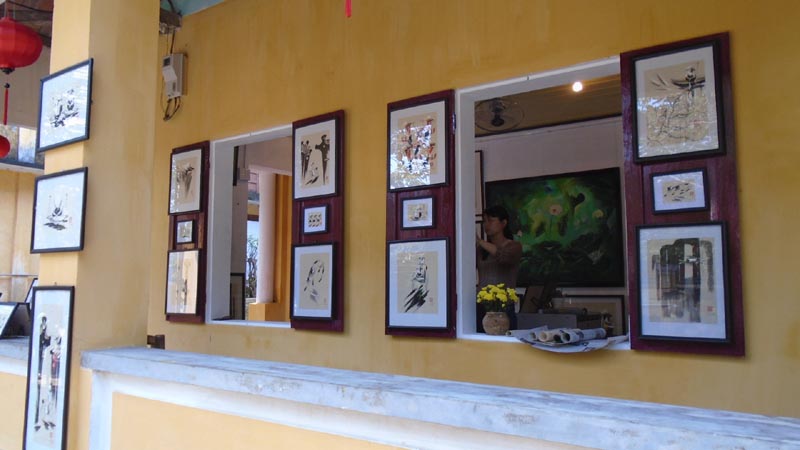
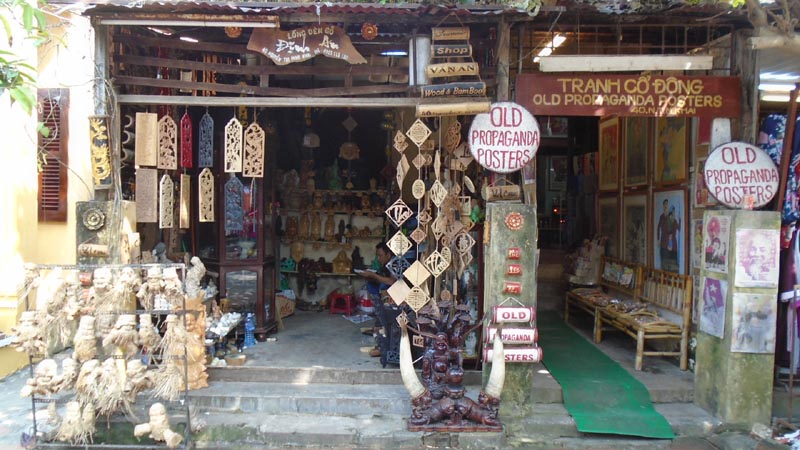
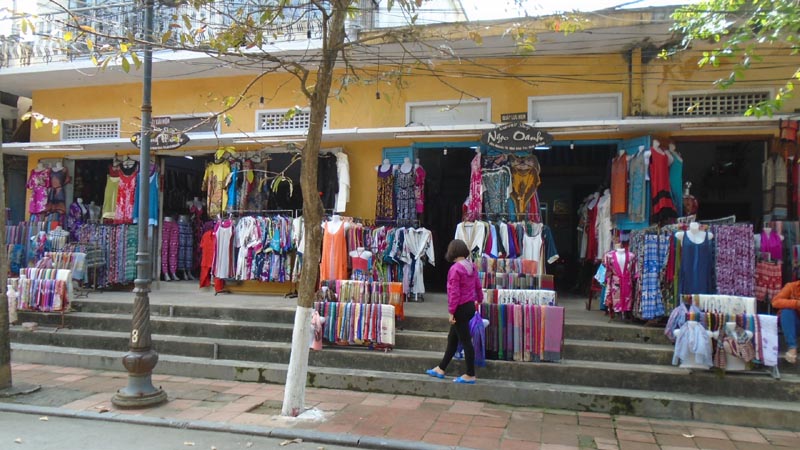
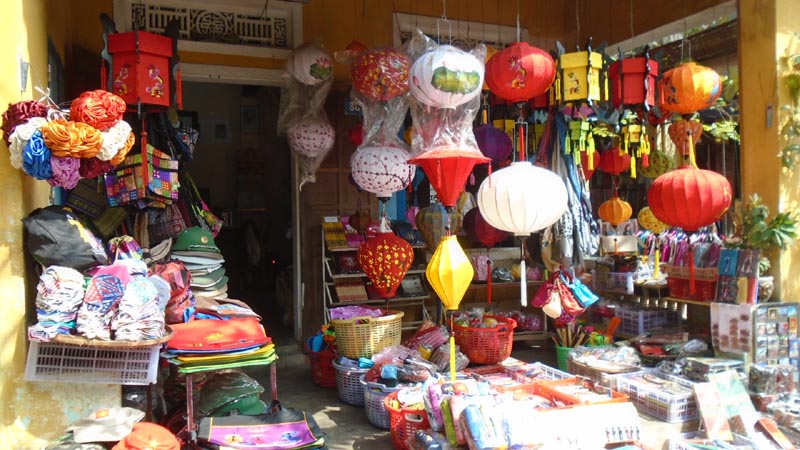
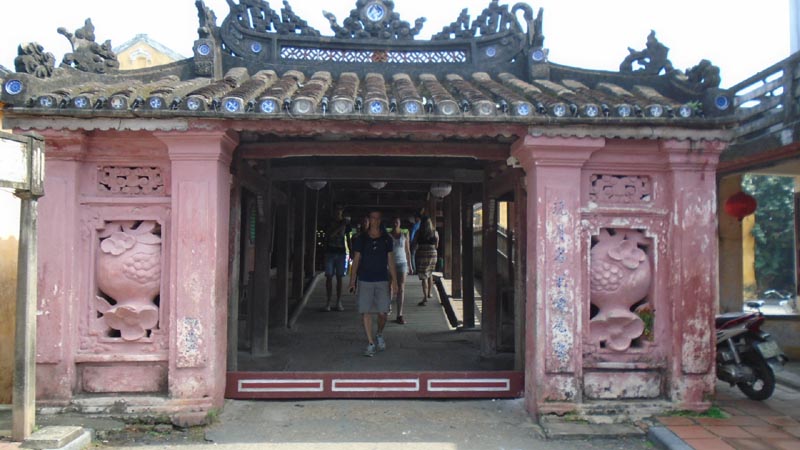
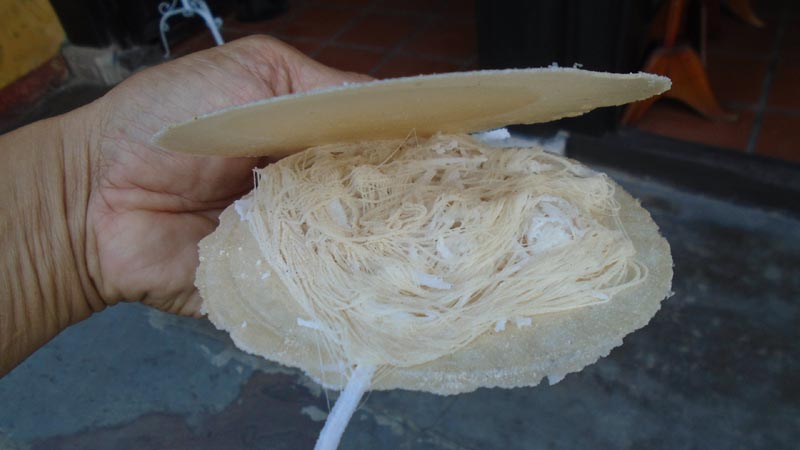
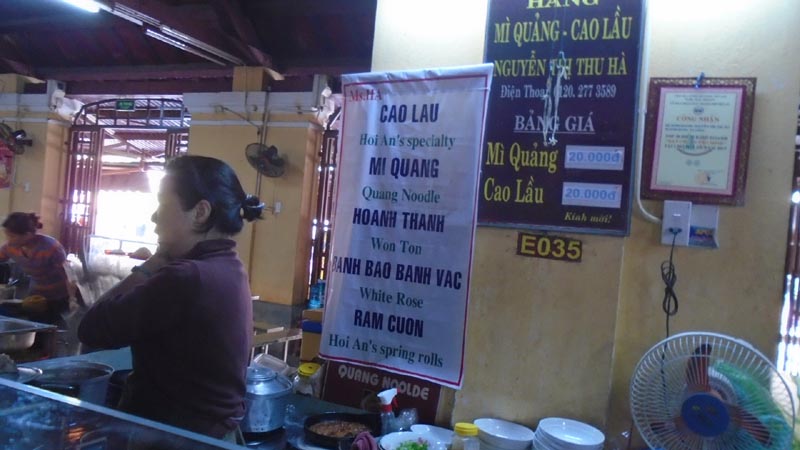
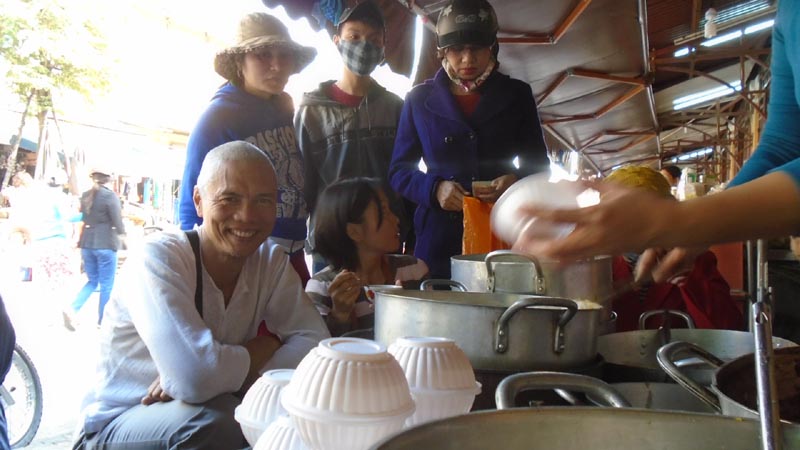
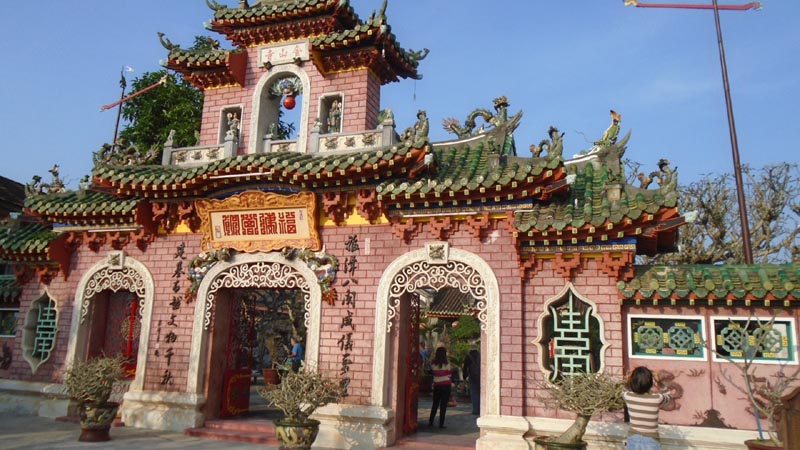
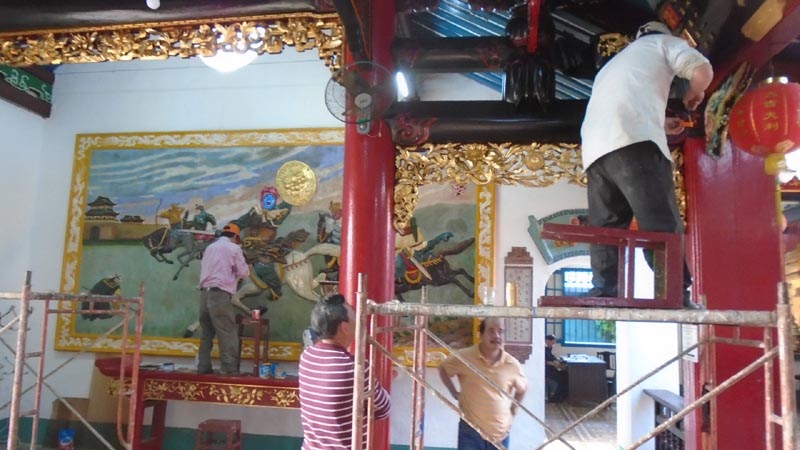
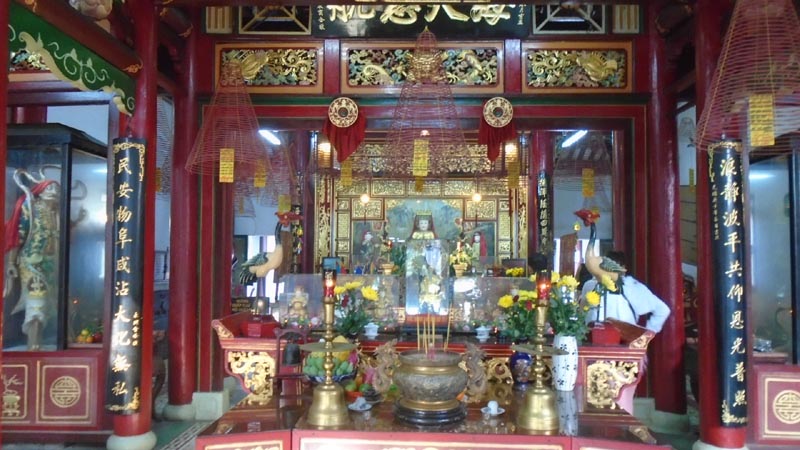
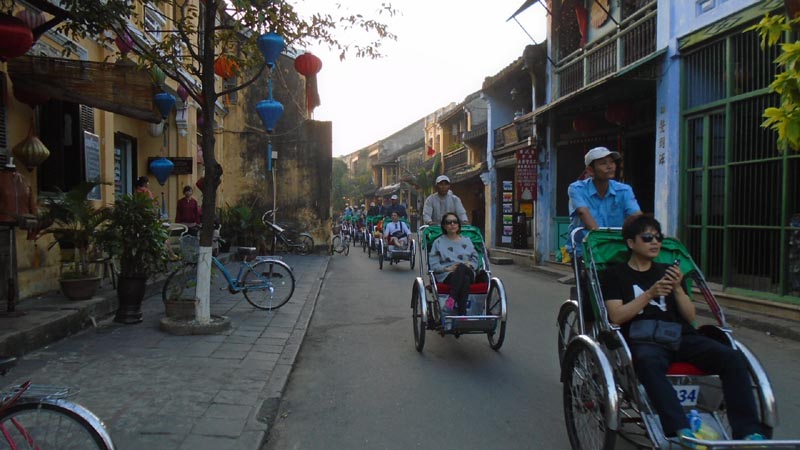
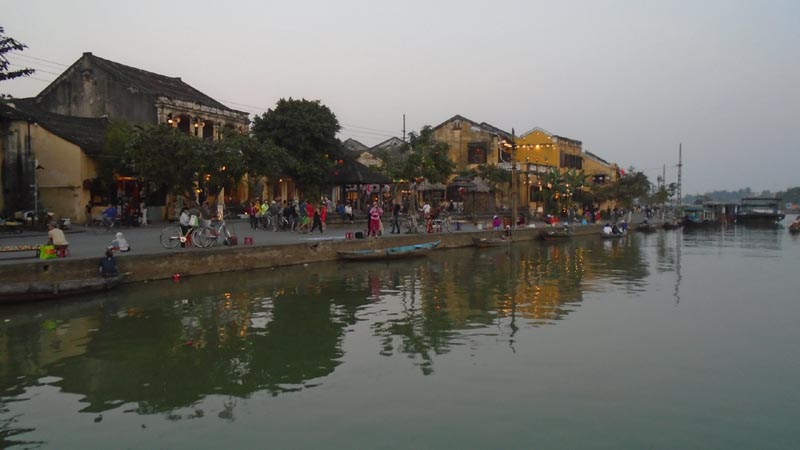
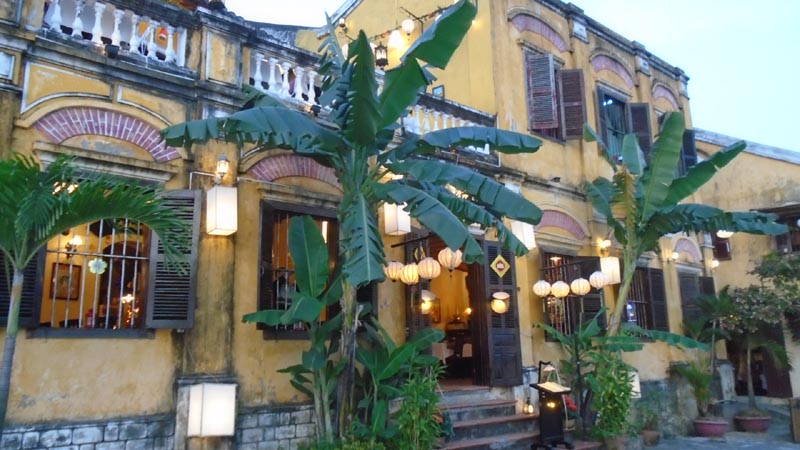
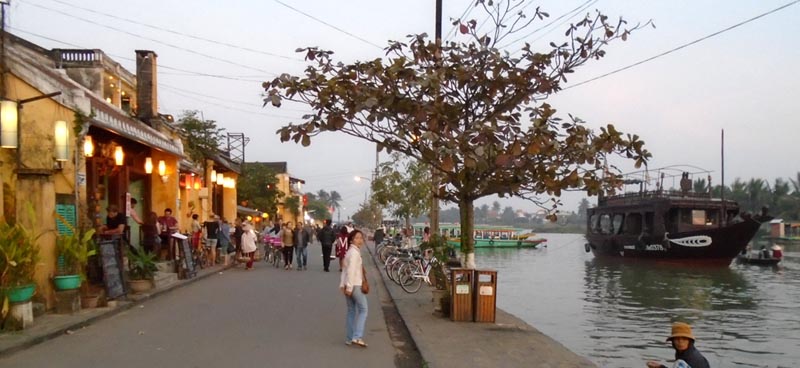
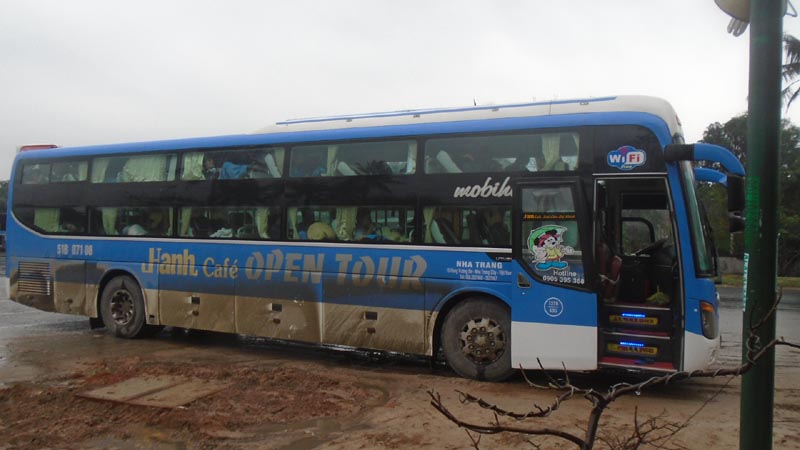
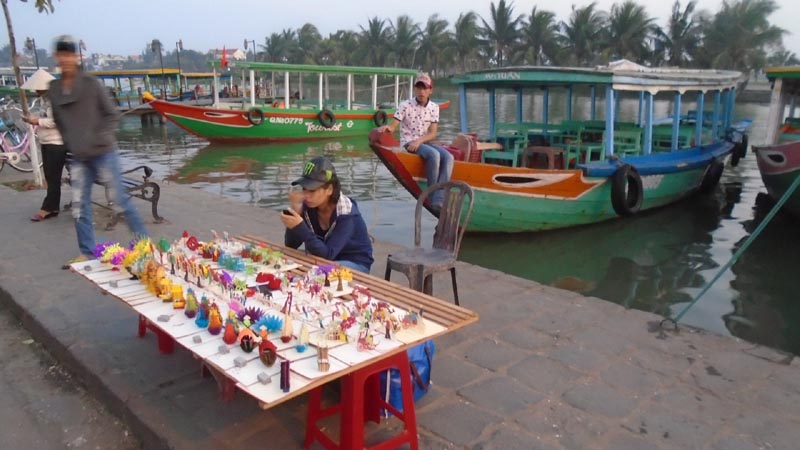
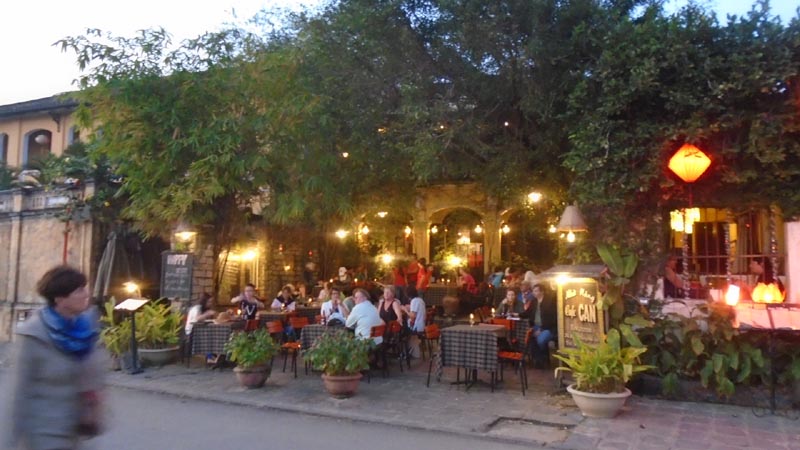
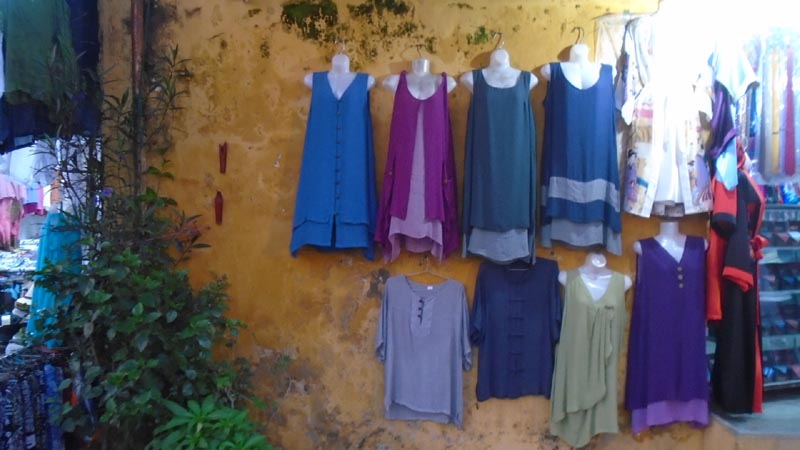
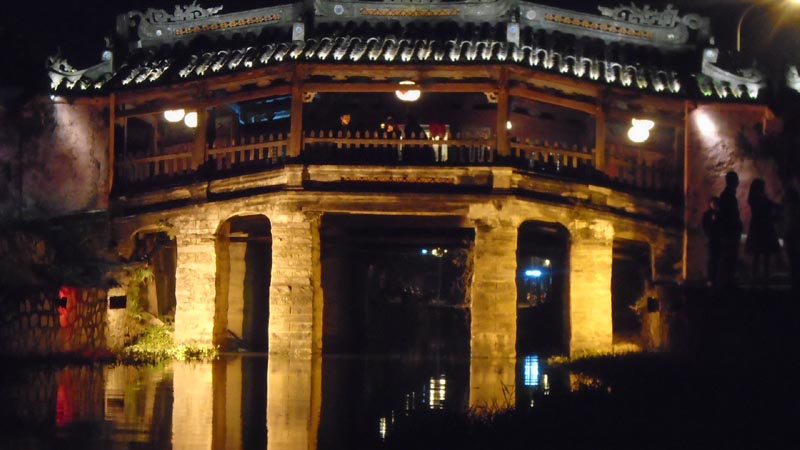
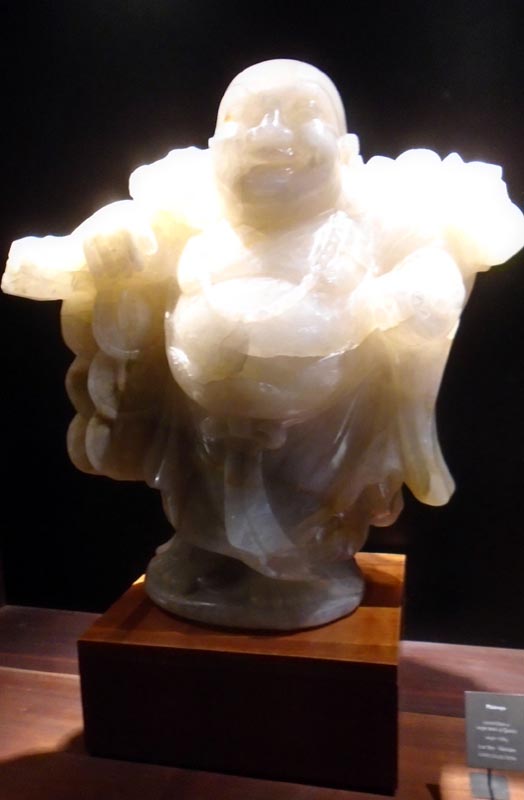
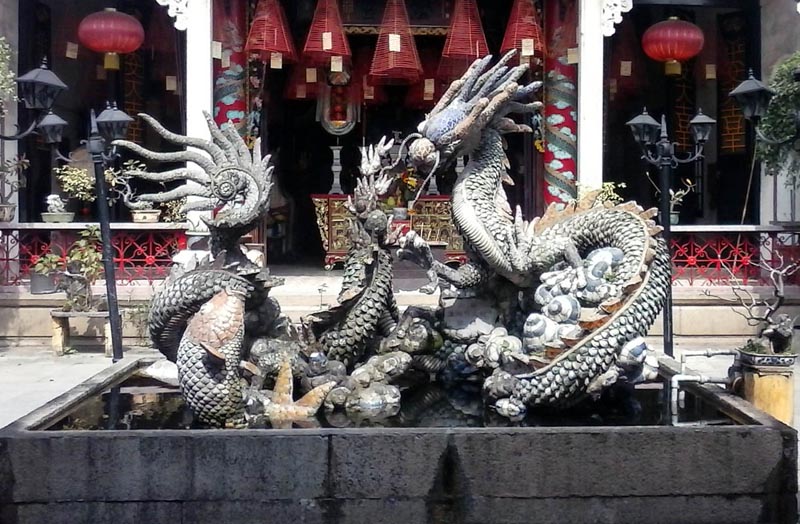
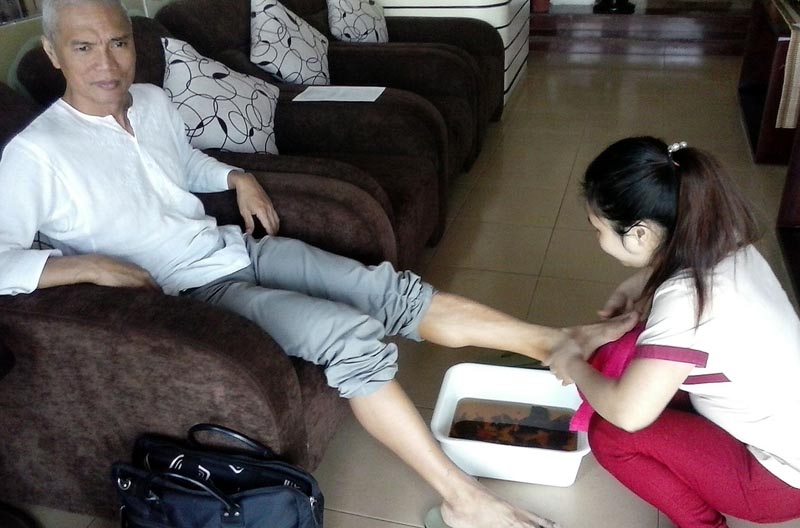
|
 Jan 18-21, 2015
Jan 18-21, 2015


 Tuyen
Tuyen 




